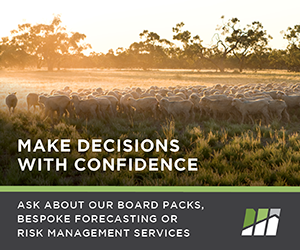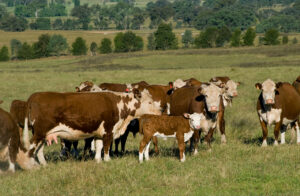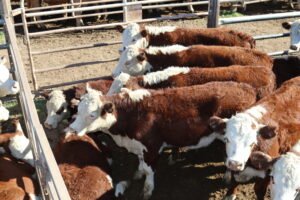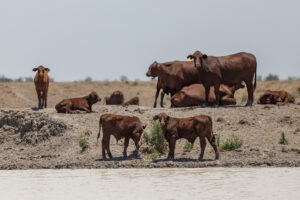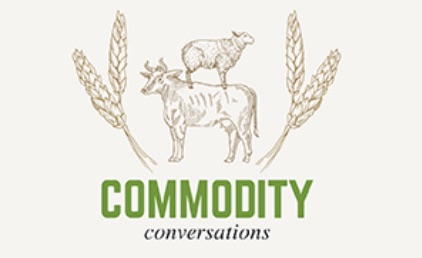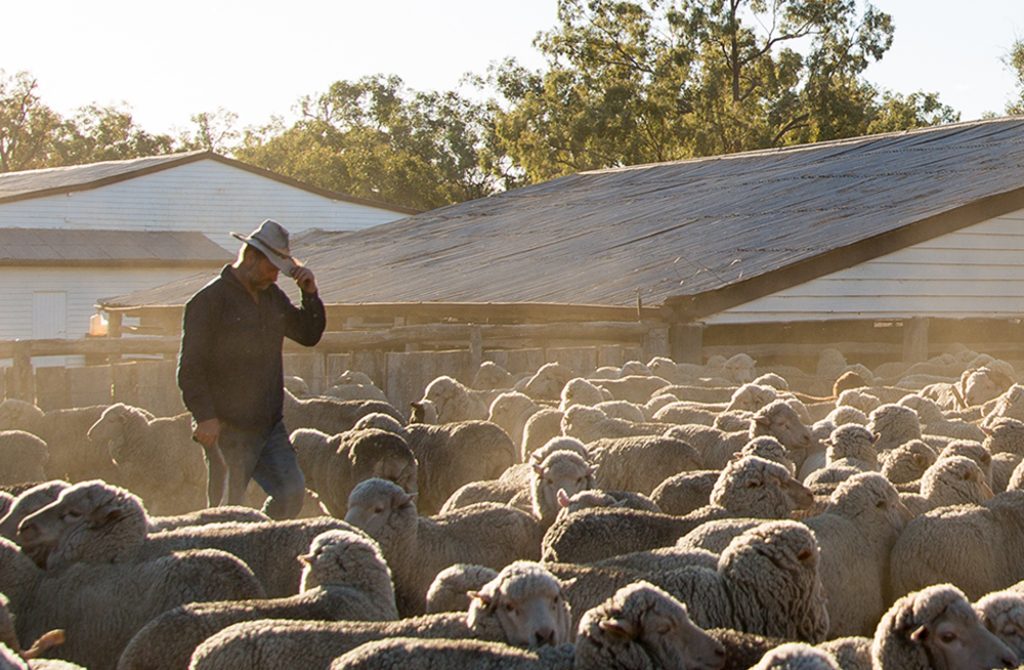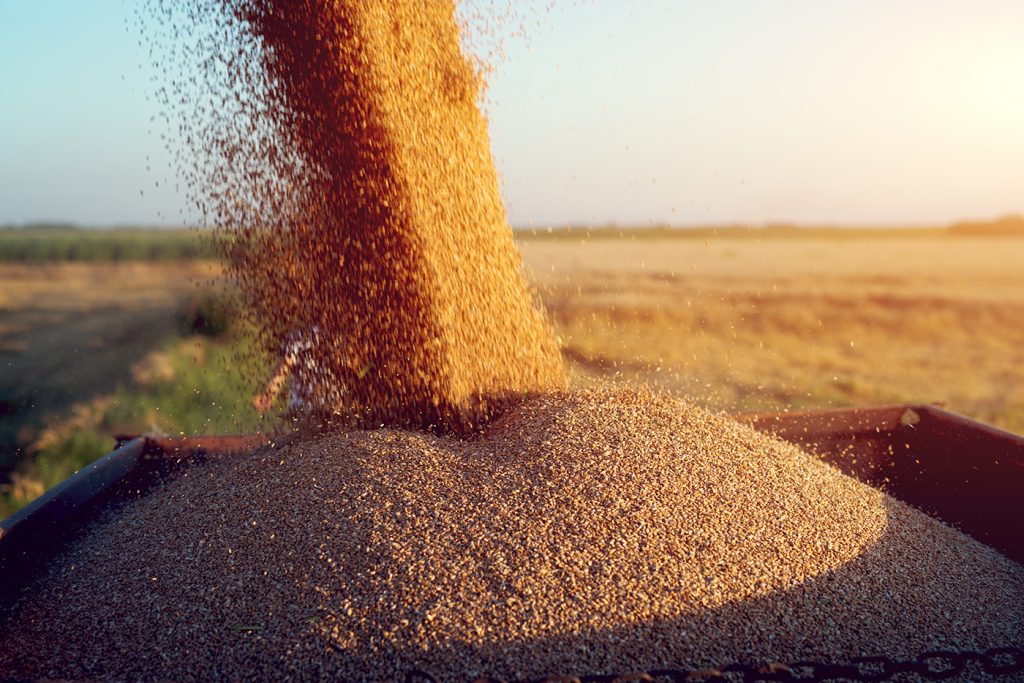The Australian Bureau of Statistics (ABS) quarterly ‘Livestock Products’ report was released recently. The ABS numbers give the official numbers of cattle slaughtered and beef produced, and while we can get an idea from the weekly Meat and Livestock Australia (MLA) figures, the official numbers are well worth investigating.
While there has been
plenty of news regarding the lack of slaughter space relative to supply, the
ABS numbers at least show processors have been ramping us considerably. The raw numbers have National September
cattle slaughter up 23% on the September quarter in 2022, and 11% on the June
quarter.
September quarterly
cattle slaughter was the highest since March 2020, and puts year-to-date cattle
slaughter 18% higher than the first three quarters of 2022. Figure 1 shows that cattle slaughter is yet
to increase to the big liquidation levels seen in 2019 and 2020, despite the
herd being at a similar size.
The female slaughter
rate is often used as a measure of producer herd intentions. More females being slaughtered decreases
breeding capacity and leads to a decrease in the number of calves being
produced.
Figure 2 shows female
slaughter was up a massive 37% on September 2022, and back at similar levels to
2020. Female cattle as a proportion of
total slaughter still hasn’t moved into the heavy liquidation phase. Historically female slaughter around 47% was
the level at which the herd would begin to decline.
In September 49% of
cattle processed were female. From June
2018 to September 2020 females accounted for an average of 54% of total
slaughter. The September numbers tell us
we are well off a serious liquidation, and the herd is more likely to track
sideways.
Slaughter weights are
another measure of producer intentions. During
drier times cattle are generally slaughtered at lighter weights, largely due to
a larger female proportion. Figure 3
shows cattle slaughter weights averaged 308kgs carcase weight, the lowest since
December 2020.
With the increase in
lotfeedings, it’s hard to see slaughter weights ever getting back to the
pre-2020 levels. The industry has
shifted and is now producing more beef from similar, or fewer cattle.
What does it mean?
Cattle slaughter is up, and this means we’re not going to see a supply-led price recovery. It’s more likely we reach some sort of steady herd state for the coming year, but we know that international prices suggest there is plenty of upside in price if we reach a steady state.
Recent rain and price movements have shown how quickly this upside can appear with some confidence appearing amongst restockers.
Have any questions or comments?
Key Points
- ABS slaughter data shows very strong increases in cattle processing.
- Despite the rise, total and female cattle slaughter is still well behind 2018-2020 levels.
- Even with steady slaughter and herd, there is upside in cattle markets.
Click on figure to expand
Click on figure to expand
Click on figure to expand
Data sources: ABS, MLA, Mecardo
